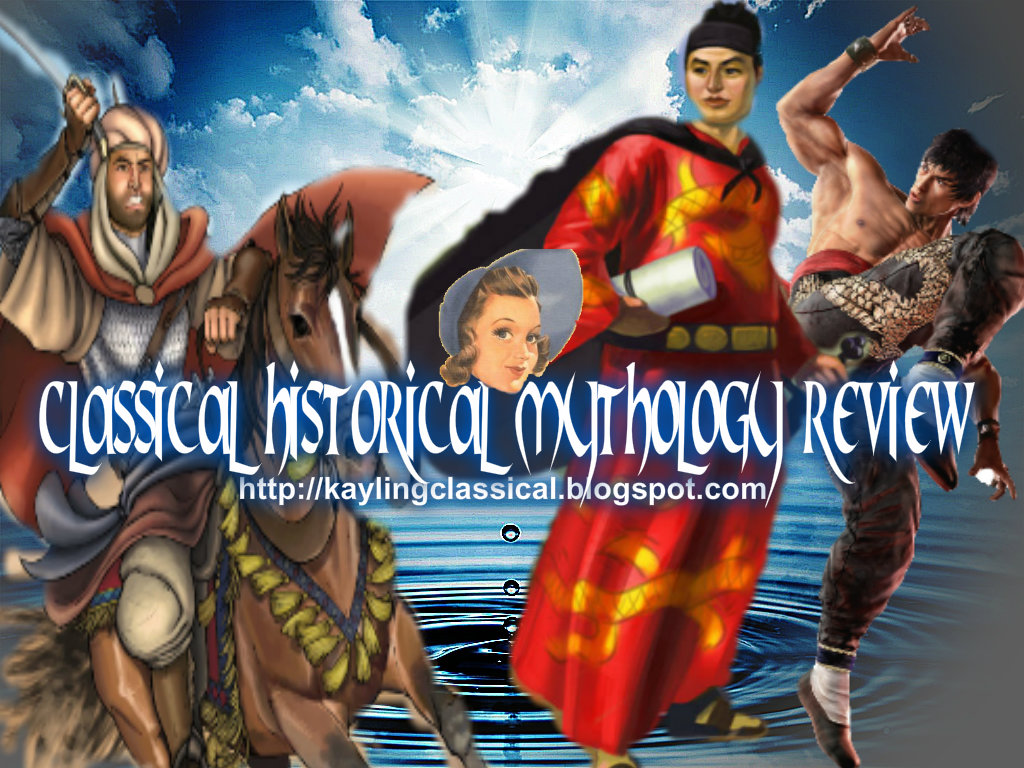The Western Xia Dynasty or the Tangut Empire, was known to the Tanguts and the Tibetans as Minyak. The state existed from 1038 to 1227 AD in what are now the northwestern Chinese provinces of Ningxia, Gansu, eastern Qinghai, northern Shaanxi, northeastern Xinjiang, southwest Inner Mongolia, and southernmost Outer Mongolia, measuring about eight hundred thousand square kilometers. The state suffered from devastating destruction by the Mongols who founded Yuan Dynasty (1271–1368), including most of its written records and architecture. Its founders and history therefore remained controversial until recent research conducted both in the West and within China. They occupied the area of important trade route between North China and Central Asia, the Hexi Corridor. The Western Xia made significant achievements in literature, art, music, and architecture, which was characterized as "shining and sparkling". Their extensive stance among the other empires of the Liao, Song, and Jin was attributable to their effective military organizations that integrated cavalry, chariots, archery, shields, artillery (cannons carried on the back of camels), and amphibious troops for combats on land and water.
The full title of the Western Xia as named by their own state is which translates as "The Great Xia State of the White and the Lofty", or called "mjɨ-njaa" or "khjɨ-dwuu-lhjij". The region was known to the Tanguts and the Tibetans as Minyak. Its reference as "Western Xia" came from the Chinese record of "Xi-Xia", literally "Western Xia", and thus that name is often used in sinological literature. It was derived from its location on the western side of the Yellow River, in contrast to the Liao (916–1125) and Jin (1115–1234) on its east, and the Song Dynasty in the south. The English reference of "Tangut" comes from the Mongolian name for the country, Tangghut (Taŋɣud), believed to reflect the same word as "Dangxiang" found in Chinese literature.
The founder of the Tangut-Western Xia was the Tuoba Xianbei from the Tuyuhun Kingdom. After Tuyuhun Kingdom was destroyed by the Tibetans in 670, its famous prince, Tuoba Chici, who controlled the "Dangxiang Qiang" submitted under the Tang Dynasty and was "bestowed" with the royal name of Li. In the end of the Tang Dynasty, the Tuoba brought troops to suppress the Huangchao Rebellion on behalf of the Tang court and took control of the Xia State, or Xia Zhou, in northern Shaanxi in 881. After the Tang fell in 907, the Tuoba descendants formally declared resistance against the expanding Northern Song in 982 and proclaimed independence to establish the Western Xia or Tangut, in 1038.
The foundation of Western Xia goes back to the year 982 under Li Deming. However, it would not be until 1038 that the Tangut chieftain Li Yuanhao, Li Deming's son, who also ordered the creation of a Tangut writing system and the translation of Chinese classics into Tangut, named himself emperor of Da Xia, and demanded of the Song emperor recognition as an equal. The Song court accepted the recognition of Li Yuanhao as 'governor', but not 'emperor', a title considered exclusive to the Song emperor. After intense diplomatic contacts, in 1043 the Tangut state accepted the recognition of the Song emperor as emperor in exchange for annual gifts, which implied tacit recognition on the part of the Song of the military power of the Tangut.
After Jingzong's death (1048), Yizong became the emperor at the age of two. His mother became the regent and during Yizong's reign, Liao Dynasty launched an invasion of Western Xia, causing Western Xia to submit to Liao Dynasty as a vassal state. After Yizong's death, Huizong was put under house arrest by his mother, and she attacked Song Dynasty. The attack was a failure, and Huizong took back power from his mother. After Chongzong became emperor, his grandmother (Huizong's mother) became regent again and launched invasion of Liao Dynasty and Song Dynasty. Again, both campaigns ended in defeat and Chongzong took direct control of Western Xia. He ended wars with both Liao and Song and focused on domestic reform. In 1115, Jurchen Jin Dynasty was set up and Liao emperor fled to Western Xia in 1123. Chongzong submitted to the Jin demand of the Liao emperor and Western Xia became a vassal state of Jin. After Jin Dynasty attacked and took parts of the northern territories from the Song Dynasty, initiating the Southern Song period, Western Xia also attacked and took several thousands square miles of land. Immediately following Renzong's coronation, many natural disasters occurred and Renzong worked to stabilize the economy. The kingdom developed a script to write its own Tibeto-Burman language.
After Renzong's death, Emperor Huanzong of Western Xia came into power and Western Xia's power began to fail. After Genghis Khan unified the northern grasslands of Mongolia, the Xianbei who resided near Mt. Yin self proclaimed to be "White Mongols" and joined them. They received the same treatment as the Mongols and partook in their westward conquests in Central Asia and Europe. During this period, the Mongol troops led by Genghis carried out six rounds of attacks against Western Xia over a period of twenty-two years (1202, 1207, 1209–10, 1211–13, 1214–19, 1225–26). In 1206, Xiangzong (Li An-chuan) initiated a coup d'état against Huanzong and killed him, installing himself as emperor. In 1207 Li An-ch'uan submitted to the Mongols, and gave his daughter to Genghis Khan in marriage. Xiangzong then began a decade-long campaign against the Jin Empire, significantly weakening both empires. Also during Xiangzong's reign, corruption rose to new heights, and the peasants were in poverty. The Western Xia army was also untrained and ill-equipped. Xiangzong abdicated after Shenzong started a coup d'état and seized power, and Xiangzong died in the same year, 1211.
The Mongols asked their allies and tributaries for military aid in the campaign against the Islamic countries in 1216. Although the Tangut emperor Shenzong was willing, his court and, in particular, his general Aša-gambu, recommended against it. When Genghis Khan returned from his campaign the new emperor Xianzong pled with him, but the general Aša-gambu challenged Genghis Khan. The emperor Xianzong died during the fighting and was succeeded by Modi (Li Xian), the last of the Tangut rulers. Modi sued for peace, which was accepted, but he was then executed by Tolui, the son of Genghis Khan. (cf. Kwanten 1974). In 1221–1222 (time of Karma Pakshi) a Karma Kagyu Lama, Tsangpa Tungkhur-wa, was invited to Minyak, which by this time had become largely Buddhist and Tibetanized. He was still there when Genghis Khan died in 1227 and he received an edict of approval from the queen.
During the last round of the Mongol attacks, Genghis died in Western Xia. The official account of the Mongol history attributed his death to an illness, whereas legends accounted that he died from a wound inflicted in the battles. After the Western Xia capital was overrun in 1227, the Mongols devastating its buildings and written records, killing the last emperor and massacring tens of thousands of civilians—effectively bringing the state to an end. Thereafter, the Western Xia troops were incorporated into the Mongol army in their subsequent military conquests in central and southern China.
Due to the fierce resistance of the Xia against the Mongol attacks, especially in causing the death of Genghis, the Tanguts were initially suppressed in the Yuan Dynasty (1271–1368). Toward the middle and later phases of the Yuan, they received equivalent treatment as the ruling Mongols and attained highest offices in the Central Court. After the Yuan fell, a substantial number of the Tanguts followed the Mongols into the northern grassland. Other communities remained in China, in modern Anhui surviving well into the Ming dynasty. Members of the royal clan emigrated to western Sichuan, northern Tibet, even possibly northeast India, in some instances becoming local rulers. Rulers of Western Xia :
| Temple Name | Posthumous Name | Personal Name | Reign Dates |
|---|---|---|---|
| Jǐngzōng | Wǔlièdì | Lǐ Yuánhào | 1038 – 1048 |
| Yìzōng | Zhāoyīngdì | Lǐ Liàngzuò | 1048 – 1067 |
| Huìzōng | Kāngjìngdì | Lǐ Bǐngcháng | 1067 – 1086 |
| Chóngzōng | Shèngwéndì | Lǐ Qiánshùn | 1086–1139 |
| Rénzōng | Shèngzhēndì | Lǐ Rénxiào | 1139 – 1193 |
| Huánzōng | Zhāojiǎndì | Lǐ Chúnyòu | 1193 – 1206 |
| Xiāngzōng | Jìngmùdì | Lǐ Ānquán | 1206 – 1211 |
| Shénzōng | Yīngwéndì | Lǐ Zūnxū | 1211 – 1223 |
| Xiànzōng | none | Lǐ Déwàng | 1223 – 1226 |
| Mòdì | none | Lǐ Xiàn | 1226 – 1227 |
Source : Wikipedia.




